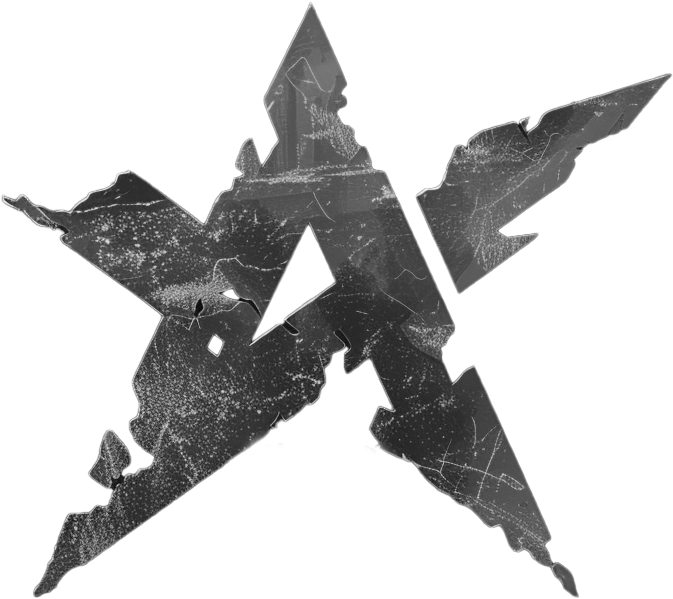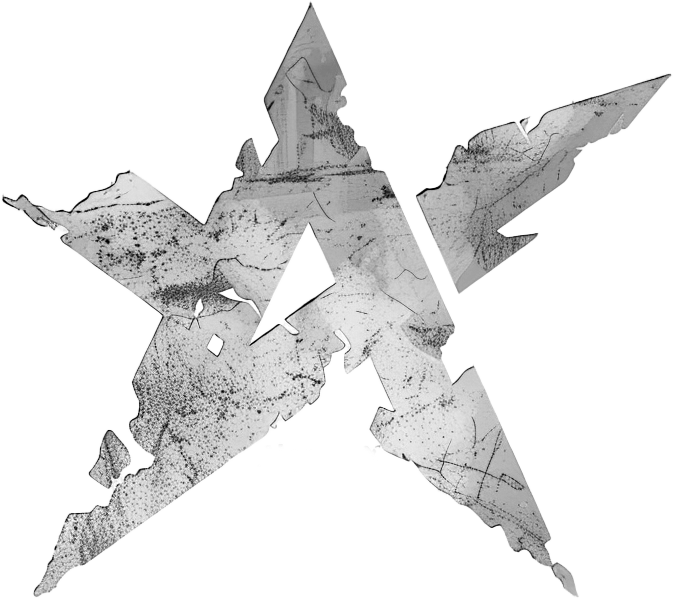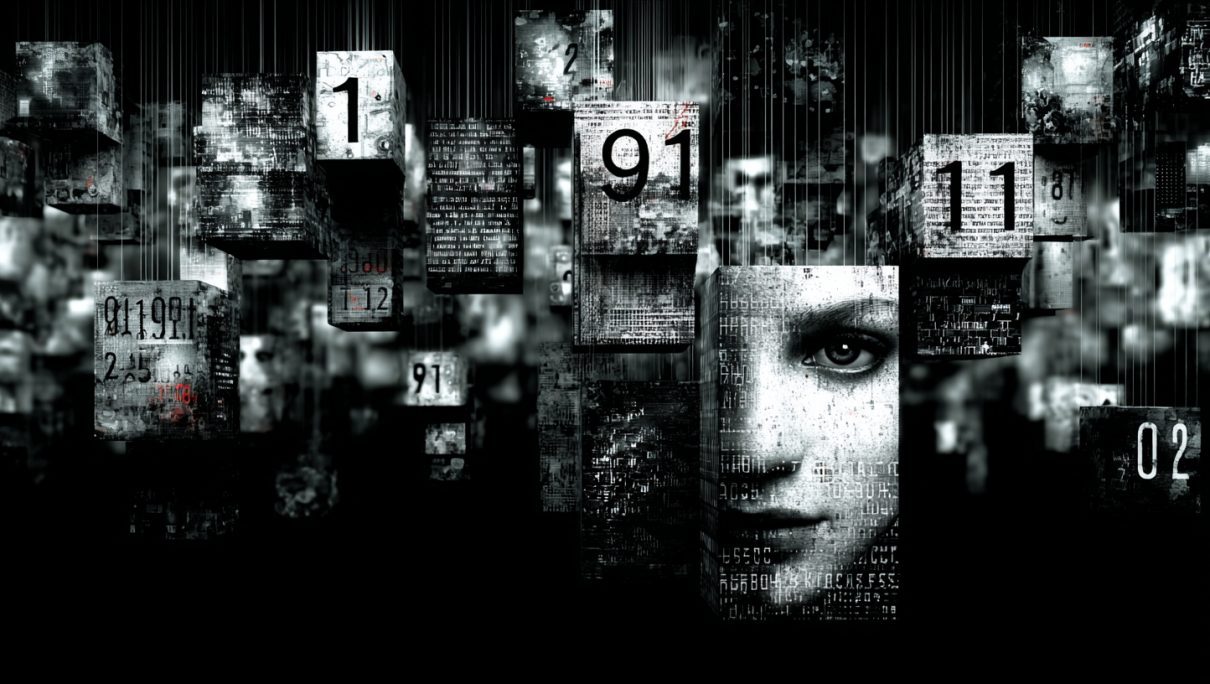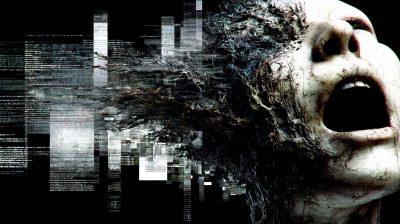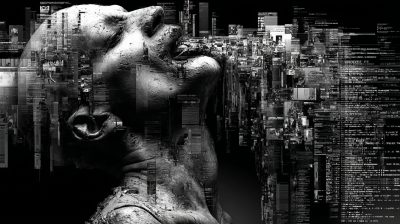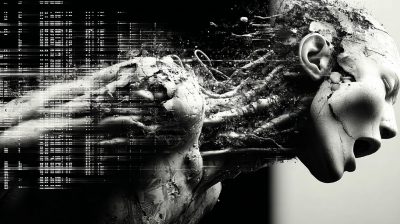Machines replicate the box. Humanity is the unboxing.
Websterix
The Two Faces of Creation: Unpacking Human Creativity and Its AI Counterpart
Creativity, that elusive spark that fuels art, innovation, and problem-solving, remains a fascinating enigma. Psychology offers valuable frameworks to understand its diverse manifestations, often conceptualizing it along a spectrum. Two particularly compelling constructs are „Creativity in a Box“ and „Absolute Creativity.“ Understanding these, and crucially, how they intertwine, reveals the profound depth of human ingenuity and highlights the stark contrast with current AI „creativity.“
1. Creativity in a Box: Innovation Within Constraints
Imagine a jazz musician improvising within a specific chord progression, an engineer solving a problem using only available materials, or a writer crafting a story adhering to a strict genre formula. This is Creativity in the Box. It’s defined by:
-
Controlled Elements: Clear boundaries exist – specific rules, defined resources, a particular problem space, or established conventions.
-
Novel Combinations: The core act involves recombining, reconfiguring, or applying existing knowledge, tools, or ideas within these constraints in ways that are unexpected and valuable.
-
Purposeful Synthesis: The creative output solves a specific problem, meets a defined need, or expresses an idea within a given framework.
-
Examples: Designing a new user interface within platform limitations, developing a novel recipe using only pantry staples, composing a sonnet adhering to its strict structure, or inventing a new manufacturing process using existing machinery.
This type of creativity thrives on deep domain knowledge, pattern recognition, and lateral thinking within a bounded space. It’s systematic, often iterative, and builds directly upon what is known. Think of Edison systematically testing thousands of filaments (constrained by material science and the goal of illumination) or Google engineers constantly refining search algorithms within the „box“ of the internet and user behavior.
2. Absolute Creativity: The Spark from the Void
Now, envision the sudden, unbidden insight that seemingly arrives from nowhere – the scientist struck by a revolutionary theory while daydreaming, the artist visualizing a completely new style in a dream, the entrepreneur conceiving a market-disrupting product with no direct precedent. This is Absolute Creativity (sometimes termed „Big C“ Creativity or radical innovation). Its hallmarks are:
-
Apparent Source-lessness: The idea feels emergent, intuitive, or visionary, not directly traceable to a conscious, step-by-step recombination of existing elements within a defined box. It feels like a leap.
-
Generative from the Abstract: It draws upon deep wells of subconscious processing, emotional resonance, metaphorical thinking, and holistic perception. It might stem from a vague feeling, a powerful dream, or a sudden connection between seemingly unrelated life experiences.
-
Paradigm-Shifting Potential: This creativity often challenges fundamental assumptions, breaks established rules, and creates entirely new categories or ways of seeing the world.
-
Examples: Einstein’s intuitive thought experiments leading to relativity, Kekulé’s dream revealing the benzene ring structure, the invention of abstract expressionism in art, or the conception of the world wide web as a novel global information system.
This type feels more mysterious, fueled by intuition, deep reflection, broad life experiences, and often involves periods of incubation where the conscious mind steps back.
The Essential Dance: How the Constructs Infuse Each Other
While distinct in origin, these constructs are not isolated silos in the human creative mind. They engage in a vital, symbiotic dance:
-
The Box Feeds the Leap: Deep immersion within a „box“ (domain expertise, rigorous practice, defined problems) provides the raw materials and cognitive frameworks that the subconscious mind later draws upon during moments of absolute creativity. Kekulé needed deep chemistry knowledge for his dream to mean anything. Einstein needed mastery of physics for his intuitions to be transformative.
-
The Leap Needs the Box: An absolute creative insight is often just the beginning. To be realized, shared, or applied, it must be brought back into a „box.“ The visionary idea needs structuring, testing, refinement, and communication using existing tools, languages, and constraints. The abstract painting needs technique and materials; the revolutionary theory needs mathematical formalism and experimental verification.
-
Iterative Refinement: The creative process constantly cycles. An absolute insight defines a new „box“ (e.g., the rules of relativity), within which subsequent „in the box“ creativity occurs (developing applications, solving specific equations). Conversely, intense „in the box“ struggle can trigger an absolute insight to break a deadlock.
-
The Common Core: Embodied Cognition & Meaning-Making: Both constructs, at their heart, rely on the human capacity for embodied cognition (ideas rooted in sensory, emotional, and physical experience) and deep meaning-making. Human creativity is driven by curiosity, emotion, existential questions, and the desire to connect and express – factors deeply tied to consciousness and subjective experience. Whether recombining within constraints or leaping into the unknown, the value and novelty are judged through a lens of human experience, need, and emotion.
Contrasting the Human Dance with AI „Creativity“
This interplay highlights the fundamental difference between human creativity and current AI „creativity“:
-
AI Excels in the Box (Under Supervision): AI, particularly generative models (LLMs, image generators), is exceptionally powerful at „Creativity in the Box.“ It can analyze vast datasets, identify complex patterns, and generate novel combinations within the parameters defined by its training data and prompts. It can write a sonnet in Shakespeare’s style, design a chair based on 10,000 examples, or suggest molecule combinations for drug discovery. This is combinatorial explosion and pattern remixing on a massive scale.
-
AI Lacks the Leap and the Core: Where AI fundamentally falls short is in:
-
Genuine „Absolute Creativity“: AI cannot have a true „aha!“ moment born from subconscious processing, embodied experience, or existential yearning. Its outputs are sophisticated extrapolations, not visionary leaps from a void. It doesn’t dream in the human sense.
-
Embodied Cognition & Subjective Experience: AI lacks a body, emotions, personal history, and genuine consciousness. Its „ideas“ lack the deep grounding in lived experience, emotional resonance, and intrinsic meaning-making that fuels human creativity. It doesn’t feel the need to create or understand why something is beautiful or meaningful beyond statistical likelihood.
-
Purpose Beyond the Prompt: AI generates based on prompts and training data; it doesn’t possess intrinsic curiosity, wonder, or a deep drive to solve a problem it feels personally. Its „creativity“ is reactive, not proactive.
-
Understanding the Leap: While AI can simulate outputs that resemble absolute creativity (e.g., generating a wildly novel image), it doesn’t understand the leap it appears to make. It cannot reflect on the origin or meaning of its own output in a truly subjective way.
-
Conclusion: The Synergy of Structure and Spark
Human creativity is a magnificent tapestry woven from both threads: the disciplined artistry of „Creativity in the Box“ and the visionary spark of „Absolute Creativity.“ They are not rivals but partners in a continuous, iterative dance. The constraints of the box provide the fertile ground, while the absolute leap breaks new ground, which then becomes a new box. This dynamic process, fueled by embodied experience, deep emotion, and conscious meaning-making, is the essence of human originality.
AI, for all its impressive combinatorial power within defined parameters, remains a sophisticated tool operating within the boxes we provide. It can augment human creativity immensely, particularly within structured domains, but it cannot replicate the profound, mysterious, and deeply human synergy of structure and spontaneous insight that defines our unique creative spirit. The true magic lies not just in generating novelty, but in the why and the how rooted in the human experience – a depth current AI cannot reach.
To unbox creativity is not to break the walls, but to let them breathe.
Websterix
